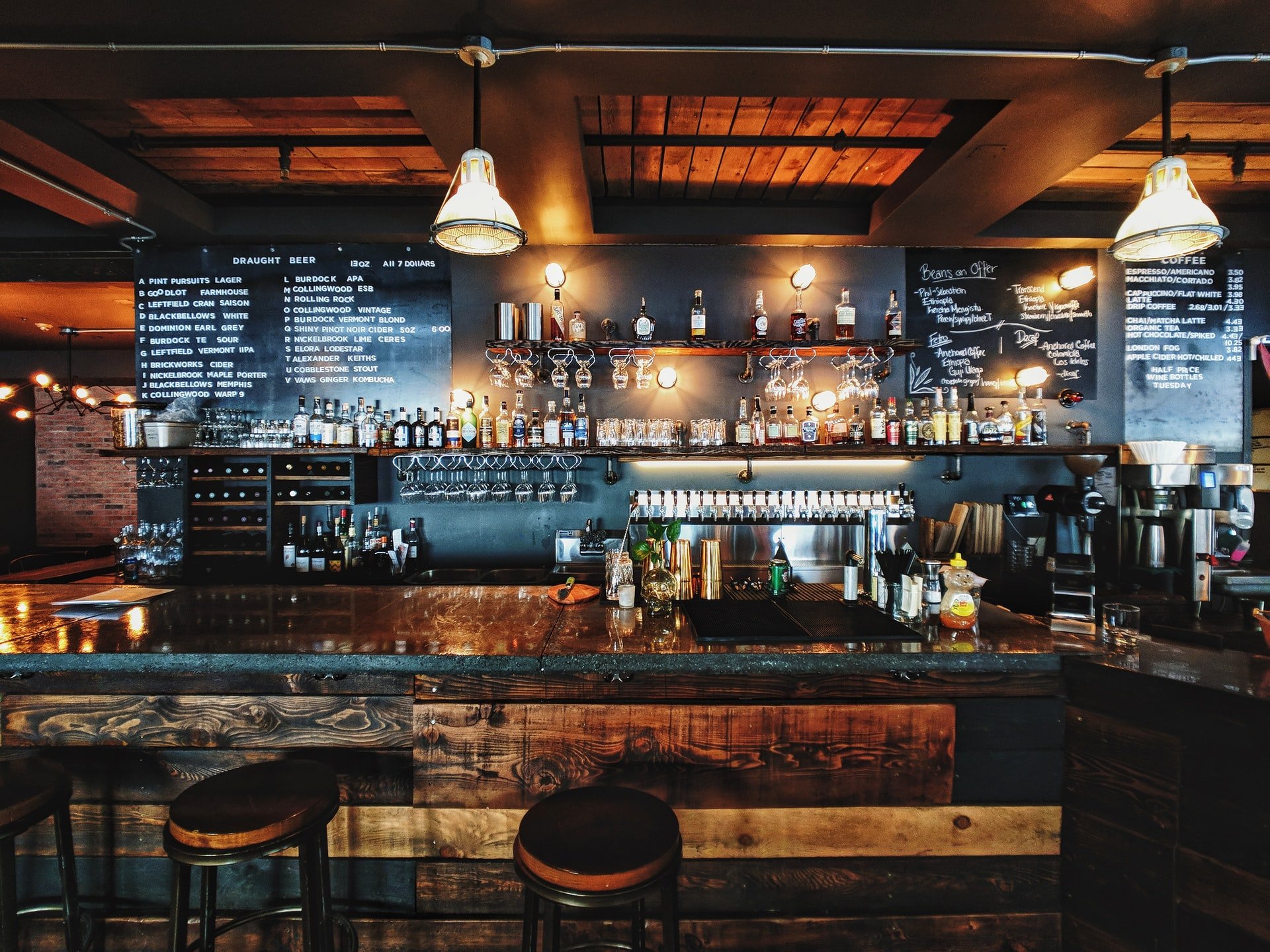Businesses across all industries typically have a set hierarchy that defines responsibilities and keeps everyone doing their job, and the organization running. Especially in the hectic day-to-day of kitchen or bar service, it is critical to have a well-defined chain of command to ensure that the myriad gears of the hospitality machine keep turning; and if one gets a little rusty, who to talk to about procuring a wire brush and a little oil.
So unless you have a 1 or 2-person establishment, you’re going to want to have a clear ladder that organizes the roles, responsibilities, and resulting procedures necessary to maintain a smooth service. Let’s take a look at what that usually looks like, why it’s important, and how to make one yourself.
Importance of Bar Management Organization
Bar management organizational strategy defines who needs to do what when -- from minute to minute during a busy night, to the bigger-picture stuff like hiring and expansion.
And the importance of establishing one is felt at both the small and large scale as well. A bar or restaurant organizational chart will ensure that drinks are served and spills are cleaned up quickly during service. They can also help you plan for eventual bar restaurant staff turnover and get your next-in-lines ready to take on more responsibility, saving you from hiring external people when the time comes.
Without an established hierarchy and clearly defined roles, nothing would get done. Bartenders, bussers and servers rely on management to schedule staff, track and stock inventory and run payroll to keep their jobs functional. And management relies on their bartenders, bussers and servers to keep the establishment put together, and the customers happy and cared for.

Scheduling and staffing
The most complex piece of the bar management puzzle is staffing and scheduling. And this sometimes tedious task falls to management to make sure that competent, well-trained employees are showing up to do their part when needed. This is also a place where everything can go wrong and a well-thought-out night of service can go off the rails if something falls out of place.
Managers need to work with employee availability, scheduled time off, and unexpected absences to make sure that all roles are filled every day. If the odd busser calls out or a serving shift is left accidentally empty, then someone else needs to take on those responsibilities, usually at the expense of a less immediate task.
For example, if the regular bartending role isn’t filled, the bar manager may have to fill in, leaving inventory to fend for itself for the night, meaning there may be a whiskey shortage for the week if the order isn’t filled in time. Utter chaos.
So a bar management organizational chart ensures that all critical roles are filled, and the responsibilities which need completing are getting done.

Typical Bar Organizational Chart
Let’s take a look at a typical bar organizational chart and its responsibilities.
The Owner
The owner of an establishment may or may not take on duties within the bar itself, but they are always in charge of big-picture decisions including expenditures, brand deals, etc. They will have the final say in budgeting decisions, which are usually put forward by people on the ground, and in strategic moves for the company, such as in the case of expansion. In bars and restaurants, the owners often take on an active role in the day-to-day, working as a chef, lead bartender, etc.
The Bar Manager
The bar manager is the one who keeps things running smoothly during the day-to-day while also keeping track of the business aspect of a bar, including scheduling, inventory tracking and maintenance, staffing decisions (hiring, firing, interviewing), and problem-solving if an issue comes up with staff, inventory or otherwise. The bar manager also organizes the hierarchy chart and directs and delegates tasks and responsibilities to the right employees.
The Assistant Bar Manager
Assistant bar managers help the general bar manager out in administrative duties, tasks related to staffing and scheduling, employee training, inventory, problem-solving, and anything else the general may delegate to them to help out with. Assistant bar managers typically work alongside the general manager, but will always be given shifts on the general manager’s days off to make sure there is someone there who can delegate, direct, and answer questions.
The Bartender
The bartenders are there to mix and serve drinks and keep the customers happy. They are the faces of the establishment, and their primary responsibility is friendly, efficient customer service. However, they are also responsible for some cleaning duties and inventory management as they have a front-row seat to which products are popular, which are stagnant, and which need to be re-ordered today. Cocktail shaker tricks are dependent on the establishment.
The Line Staff
Bar line staff include servers, hosts, bussers, and any other employees not filling an entirely specific or managerial role. They are the lowest on the chain of command, but also arguably the most critical as they keep the bar clean, the customers well-tended, and fill roles fluidly when a critical gap opens.
Provi can help!
Provi is an all-in-one bar inventory management solution that makes tracking your sales, communicating with vendors, and managing your inventory as easy as pouring a shot. Provi allows you to spend less time on administrative tasks so you can spend more time training your staff, organizing a killer schedule, and getting the right mixologist behind the bar.



Comments